Learn proven tips and techniques for watering your outdoor potted plants effectively. Discover how often to water, how much water to give and the best practices for keeping your container gardens thriving.
Outdoor potted plants bring vibrant colors, lovely fragrances, and a touch of natural beauty to our living spaces. However, proper watering is crucial for their survival and growth. Unlike plants growing in the ground, potted plants rely entirely on you for their water supply. Overwatering or underwatering can lead to serious problems, including root rot, wilting and eventual plant death. In this comprehensive guide, we’ll explore the ins and outs of watering outdoor potted plants, ensuring your container gardens remain healthy and flourishing.
Understanding Your Potted Plants Water Needs

Before diving into the specifics of watering, it’s essential to understand that different plants have varying water requirements. Several factors influence a plant’s water needs, including:
Plant Type
Some plants, like succulents and cacti, are drought-tolerant and require less frequent watering. In contrast, plants with large leaves or those originating from tropical regions, such as ferns and philodendrons, have higher water demands.
Container Size
Larger containers hold more soil and, consequently, more moisture. Plants in smaller pots tend to dry out faster and require more frequent watering.
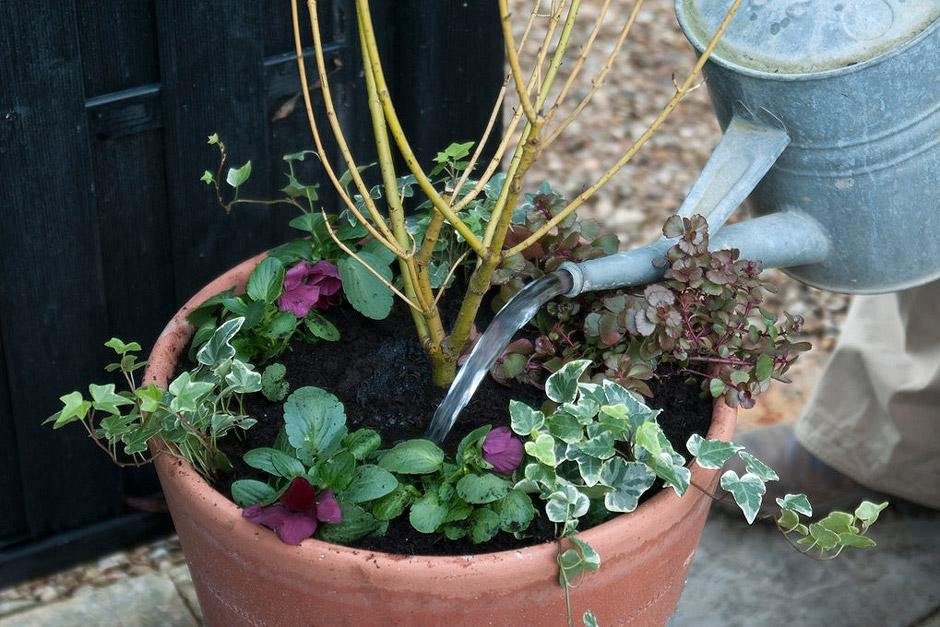
Climate and Weather
Plants in hot, sunny, and windy conditions will lose moisture faster than those in cooler, shaded areas. During periods of high heat or drought, you may need to water your plants more frequently.
Soil Type
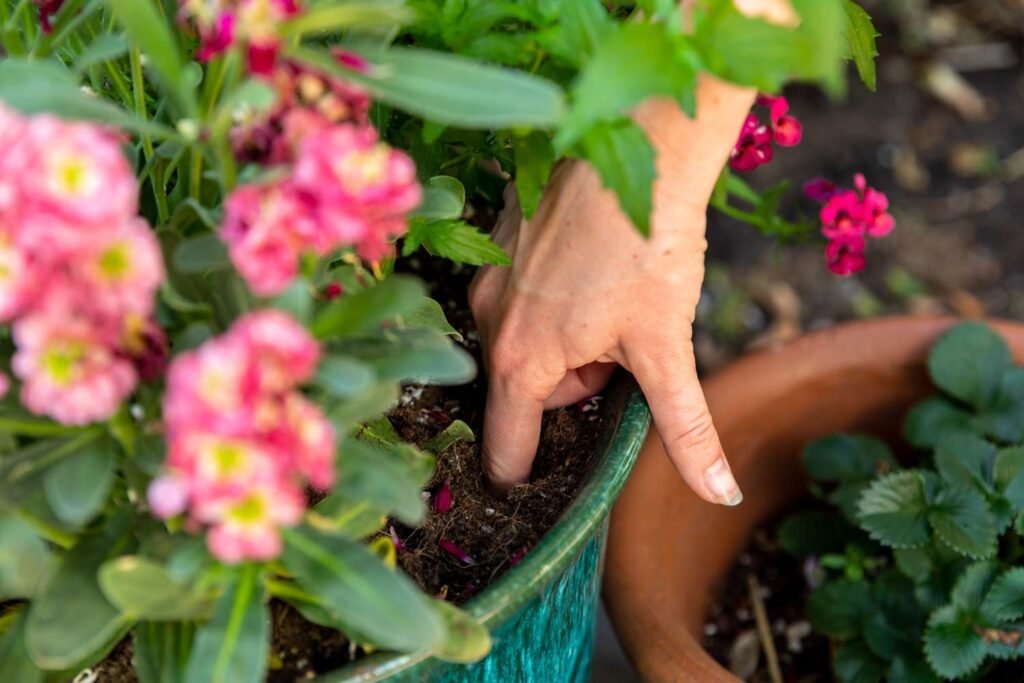
Well-draining potting mixes dry out faster than dense, moisture-retentive soils. Pay attention to the type of soil you’re using and adjust your watering schedule accordingly.
By considering these factors, you can develop a customized watering routine tailored to your specific plants and their growing conditions.
How Often Should You Water Outdoor Potted Plants?
There is no one-size-fits-all answer to how often you should water outdoor potted plants. The frequency depends on the aforementioned factors, as well as the plant’s stage of growth and the time of year. Here are some general guidelines:
During the Growing Season
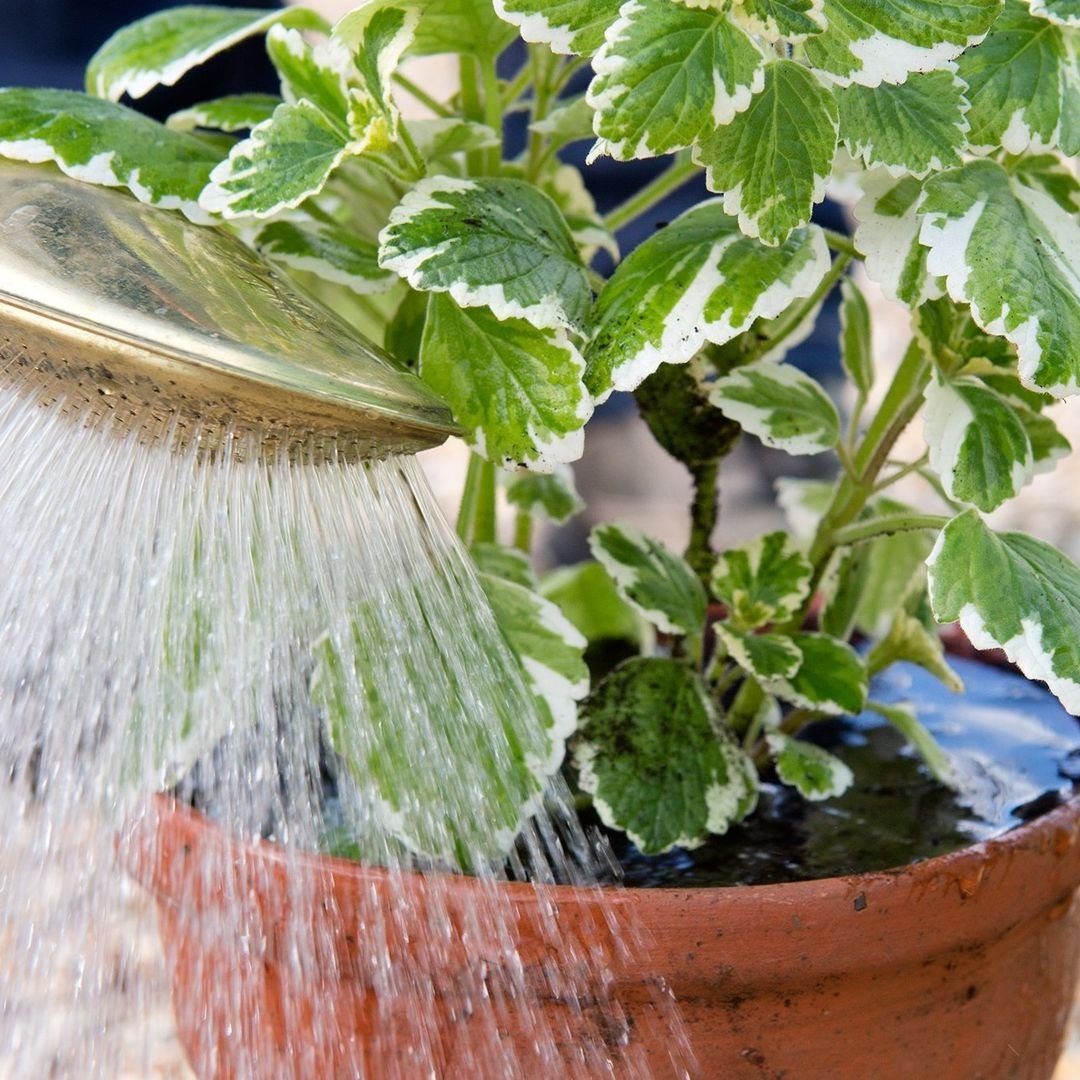
- Newly planted containers: Water daily or even twice a day for the first week or two, until the plants become established.
- Established plants: Water deeply every 2-3 days, depending on the weather and soil dryness. Check the soil moisture regularly by sticking your finger into the potting mix up to the second knuckle.
During the Dormant Season
Most plants require less water during the cooler months when growth slows down. Water only when the top inch or two of soil feels dry to the touch.
Checking for Dryness
One reliable way to determine if your plants need water is to check the soil moisture level. Here’s how:
- Insert your finger into the potting mix, up to the second knuckle.
- If the soil feels dry, it’s time to water.
- If the soil still feels moist, wait a day or two and check again.
It’s better to water thoroughly when the soil is partially dry rather than giving your plants a little water every day.
How Much Water Should You Give?
Knowing how much water to provide is just as important as knowing when to water. Here are some tips:
Water Deeply
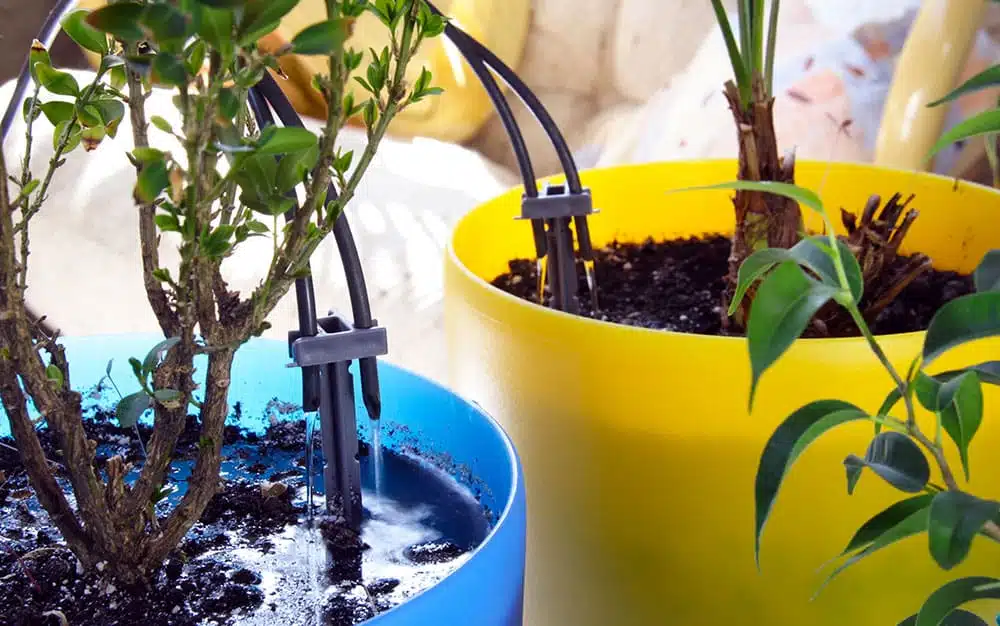
Water your plants thoroughly, until the excess moisture begins to drain from the bottom of the container. This encourages deep root growth and helps prevent shallow, drought-stressed roots.
Water Early in the Day
Water your plants in the morning or early afternoon, allowing the foliage to dry before nightfall. This helps prevent fungal diseases and other moisture-related issues.
Adjust for Weather
During hot, dry spells, you may need to water more frequently and deeply to compensate for increased evaporation and plant transpiration.
Consider Plant Size
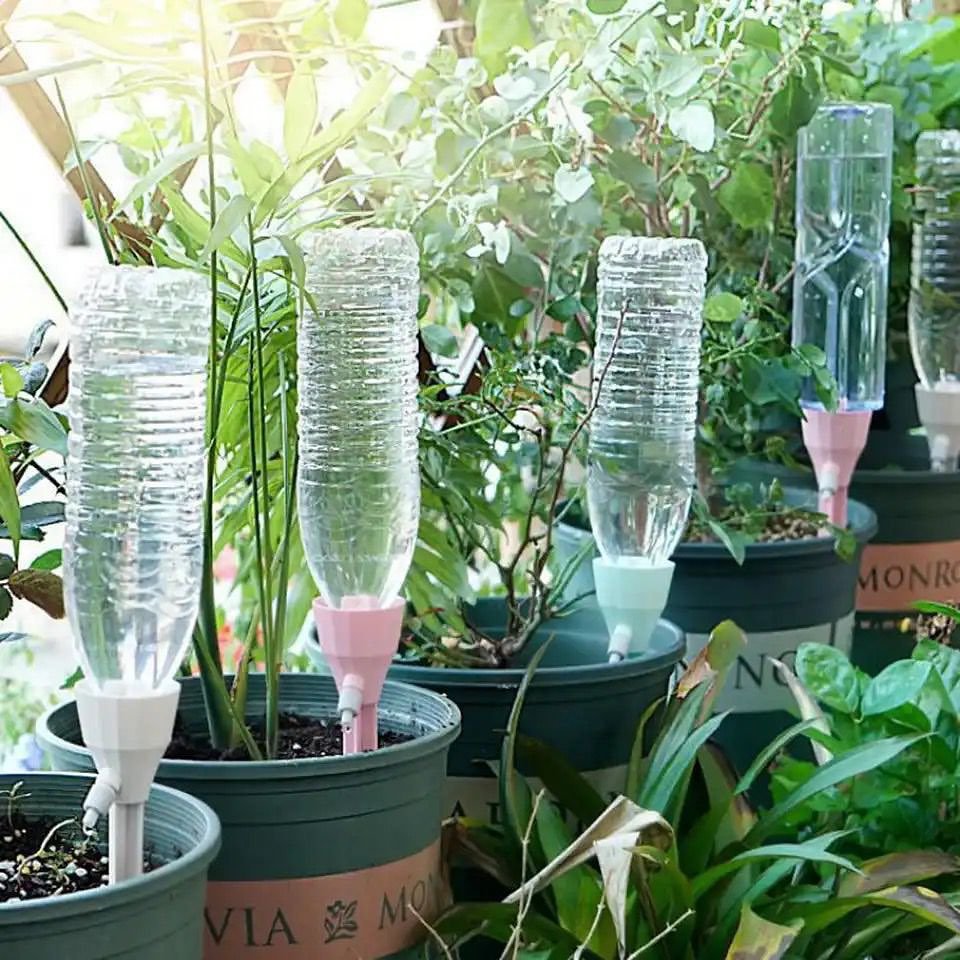
Larger plants and those with extensive root systems will require more water than smaller plants or those with compact root balls.
Monitor Drainage
Ensure your containers have adequate drainage holes to allow excess water to escape. Standing water can lead to root rot and other problems.
Watering Techniques for Outdoor Potted Plants
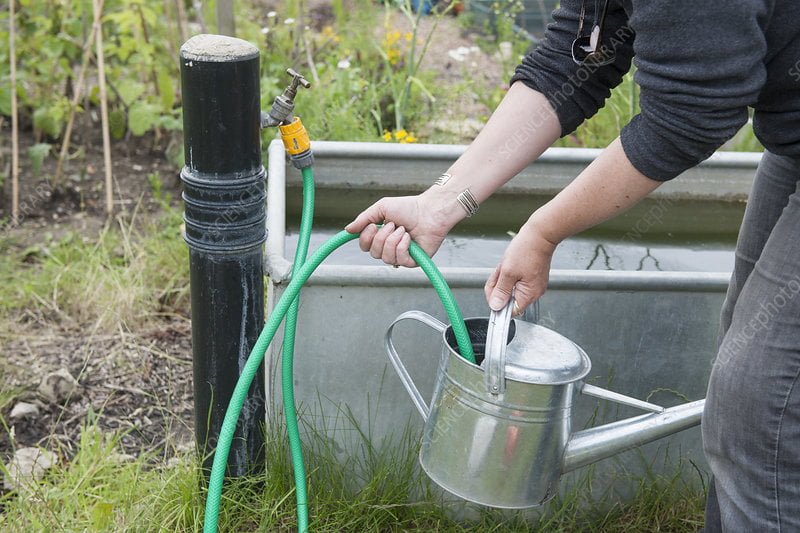
How you water your plants can be just as important as how much and how often you water them. Here are some effective watering techniques:
Use a Watering Can or Hose
A watering can or a hose with a gentle shower setting allows you to direct the water precisely where it’s needed, minimizing water waste and soil disturbance.
Bottom Watering

For plants that prefer consistent moisture, try bottom watering. Set the pot in a tray or saucer filled with water and allow the potting mix to absorb moisture from the bottom up. This method encourages deeper root growth and prevents soil compaction.
Drip Irrigation or Soaker Hoses
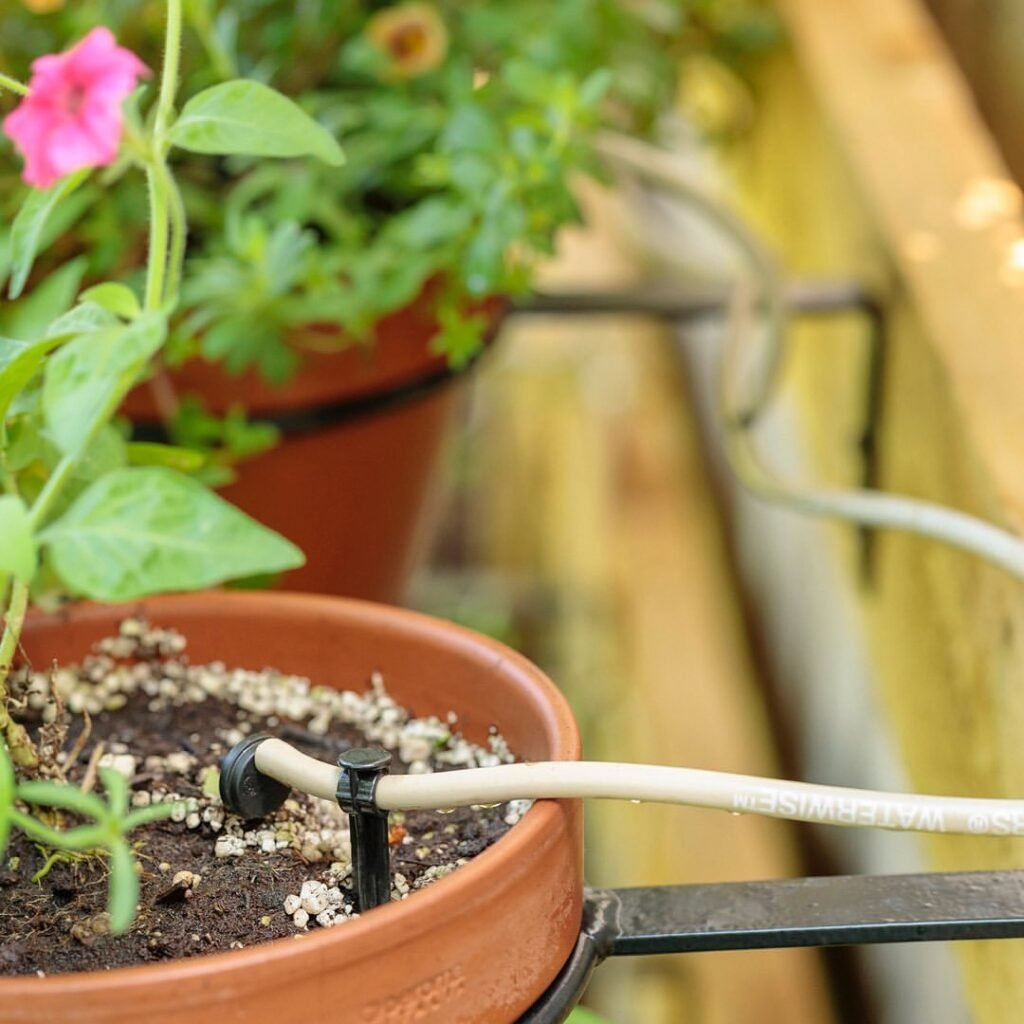
For larger container gardens or multiple potted plants, consider using a drip irrigation system or soaker hoses. These methods deliver water slowly and directly to the root zone, minimizing evaporation and runoff.
Mulching
Adding a layer of mulch, such as bark chips or shredded leaves, helps retain soil moisture and protects the roots from temperature extremes.
Self-Watering Containers
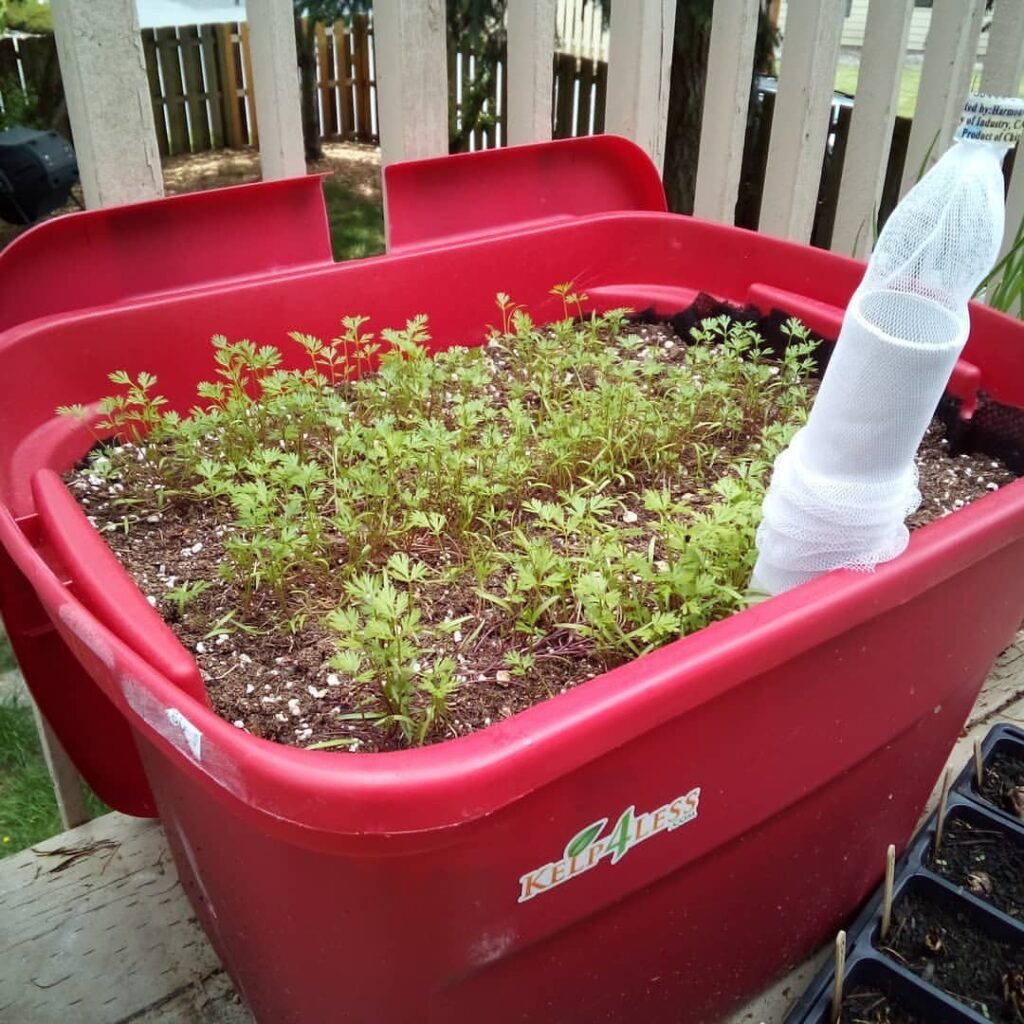
Invest in self-watering containers designed with a built-in water reservoir. These containers can help maintain consistent moisture levels, making them ideal for forgetful gardeners or those who travel frequently.
Signs of Overwatering and Underwatering
Paying attention to your plants’ appearance and adjusting your watering routine accordingly is crucial. Here are some signs to watch out for:
Signs of Overwatering
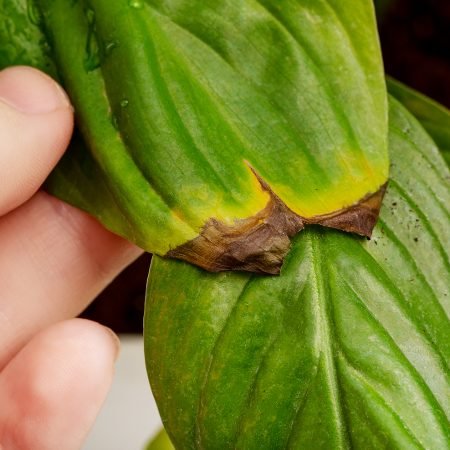
- Yellowing or wilting leaves
- Soggy or waterlogged soil
- Fungal growth on the soil surface
- Stunted growth or root rot
If you notice these signs, reduce your watering frequency and allow the soil to dry out partially before watering again.
Signs of Underwatering
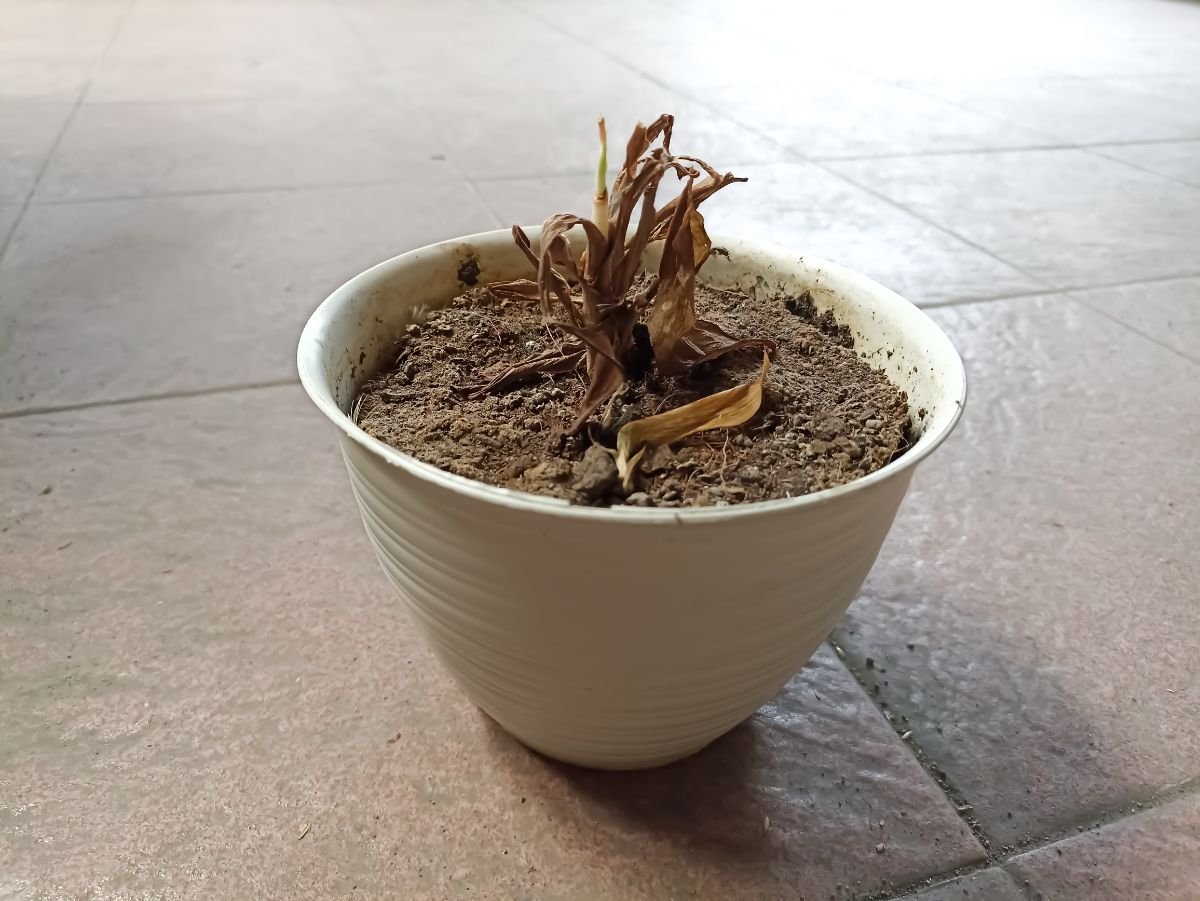
- Wilting or drooping leaves
- Dry, cracked soil
- Slow or stunted growth
- Leaf discoloration or premature leaf drop
If your plants show signs of underwatering, increase your watering frequency and duration until the soil is consistently moist (but not waterlogged).
Conclusion
Watering outdoor potted plants is both an art and a science. By understanding your plants’ specific water needs, monitoring soil moisture levels and adjusting your watering routine accordingly, you can ensure your container gardens thrive throughout the growing season. Remember, it’s better to err on the side of underwatering than overwatering, as most plants can recover from temporary drought stress more easily than root rot or other water-related issues. With patience and practice, you’ll develop a keen eye for when and how much to water your potted plant companions.
Pingback: The Ultimate Guide to Perfectly Watering Outdoo...
Pingback: Avoid These 7 Watering Mistakes in Your Vegetable Garden -
Pingback: Your Complete Guide to Perfectly Watering Tomato Plants -
Pingback: A Guide to Growing & Caring for Verbena: Endless Color from Spring to Fall -
Pingback: Agave Plants: An Easy Guide to Growing Bold & Beautiful Varieties
Pingback: - Aloe Plants: Comprehensive Guide to Growing Aloes
Pingback: How to Grow and Care for an Aloe Vera Plant
Pingback: Best Plants for Pots Outside - Back Gardener
Pingback: How to Care for Bearded Iris - Back Gardener
Pingback: How to Grow and Care for Pitcher Plant: A Complete Guide
Pingback: Plants That Love Water and Shade - Back Gardener
Pingback: Purple Heart : A Comprehensive Care Guide - Gardeners School
Pingback: 15 British Garden Birds You Can Find in Your Garden -
Pingback: Banish Red Spider Mite : A Comprehensive Guide for a Pest-Free Garden
Pingback: Growing Fig Trees: A Comprehensive Guide for Beginners -
Pingback: Wisteria Flowers: A Gardener’s Guide to Cultivating a Breathtaking Vine
Pingback: Aster Growing Guide: Tips for Vibrant Blooms All Season -
Pingback: Demystifying 10-10-10 Fertilizer: A Comprehensive Guide for Healthy Plants
Pingback: Peggy Martin Climbing Rose: Expert Care and Growing Tips -
Pingback: Esperanza Plant: Tips for Care and Successful Growing
Pingback: 10 Mesmerizing Pink Succulents You Need in Your Collection!
Pingback: Flame Lily: A Comprehensive Guide to Growing and Caring
Pingback: Identifying Plant Pests and Diseases: Tips and Insights
Pingback: Discover the 9 Best Mother of Thousands Varieties | Mother of Millions Types
Pingback: Perfumed Paradise : Indoor Plants for a Fragrant Home Guide
Pingback: Black Diamond Watermelon : A Comprehensive Guide
Pingback: How To Make A Christmas Cactus Bloom, According To An Expert
Pingback: How to Grow Stunning Fuchsias in Your Garden - Gardener's School
Pingback: Dichondra argentea Silver Falls : A Comprehensive Guide
Pingback: Blue Princess Holly: The Ultimate Guide - Gardener's School
Pingback: Garden Design: Concepts, Ideas, and Inspiration
Pingback: Umbrella Tree: A Comprehensive Guide to Cultivation - Gardener's School
Pingback: Growing Colorful Sedum & Stonecrop Ground Covers
Pingback: How to Grow and Care for Broom Plants Gardeners Schoo
Pingback: Beauty of Maiden Grass : Your Ultimate Guide